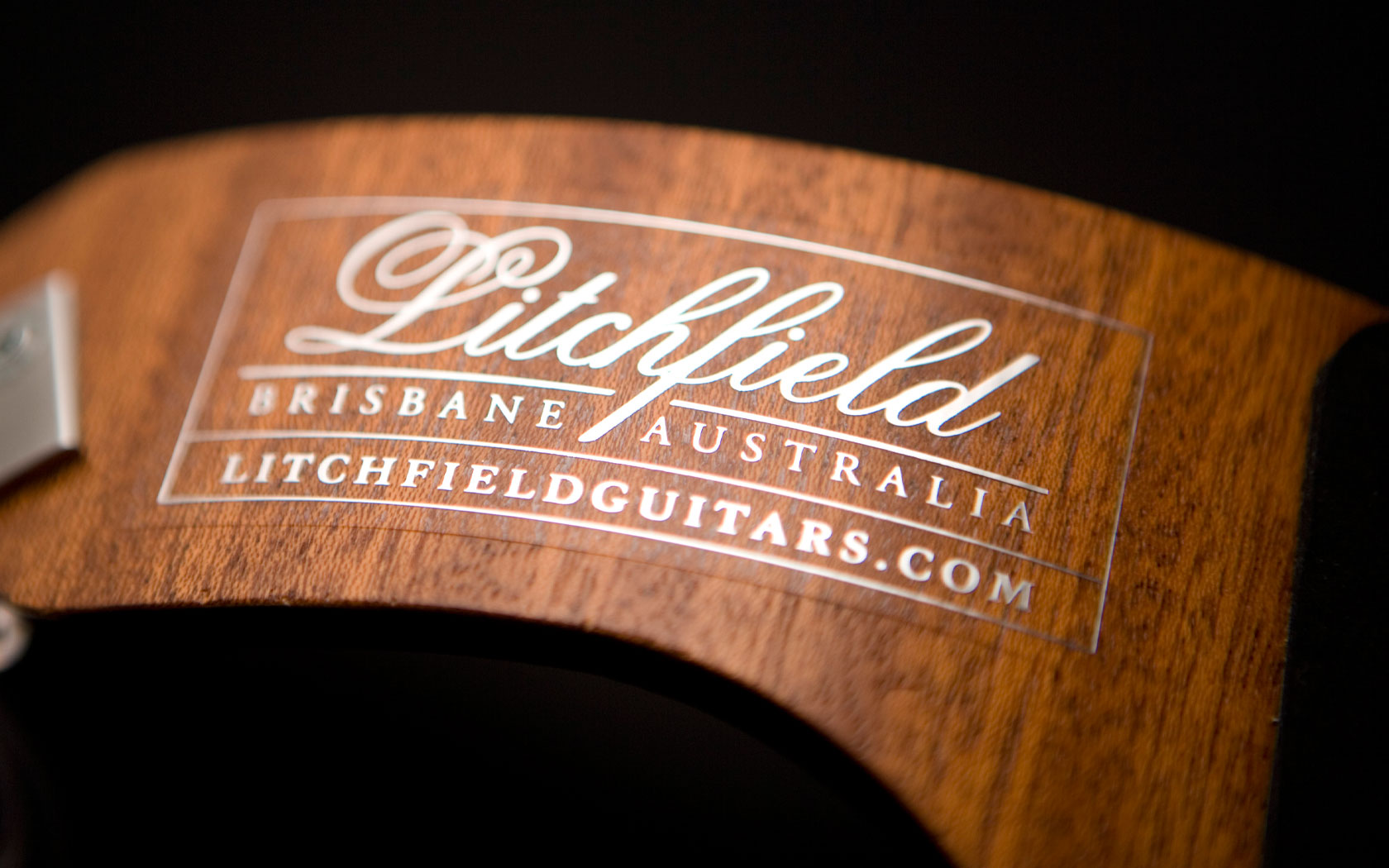The first stage of making one of my signature classical bridges is laminating the blank, with ebony capping for the tie block. I prefer to use ebony capping rather than bone due to its comparable hardness, and also that bonding wood to wood provides a better structural integrity than bone to wood. My bridges have a fairly streamline and slim design to minimise mass and reduce stress risers; so I use what I feel is the optimum choice of materials, including the choice of Australian Silver Ash over traditional timbers like Rosewood for the body of the bridge. Silver ash is a tough, medium...
Read more...
The start of my latest commission is the selection of materials. This is an order for a custom 7 string guitar in my C900 cedar top classical format.
The joint between the headstock and neck is a scarf joint; a predetermined angle is set by cutting and facing two wedge shaped surfaces and mating them together, under very close tolerance, to provide a strong and nearly invisible bond line.
As shown, the 7 string headstock is asymmetrical, allowing a 4 barrel machine head on the bass side, and the standard 3 barrel on the treble. Accordingly the headstock is 35mm longer...
Read more...
One of my clients has given me a restoration project, which exceeds the value of the instrument. Sometimes the sentimental value of a guitar is far greater than the monetary cost, which I am sure all guitarists will understand! At some point the original finish of the guitar was removed and replaced with orange shellac. My job is to try to restore as much as realistically possible, the original colour and patina of the original, given that there is not much timber left to sand out and so many defects will have to remain or just be minimised.
Read more...

